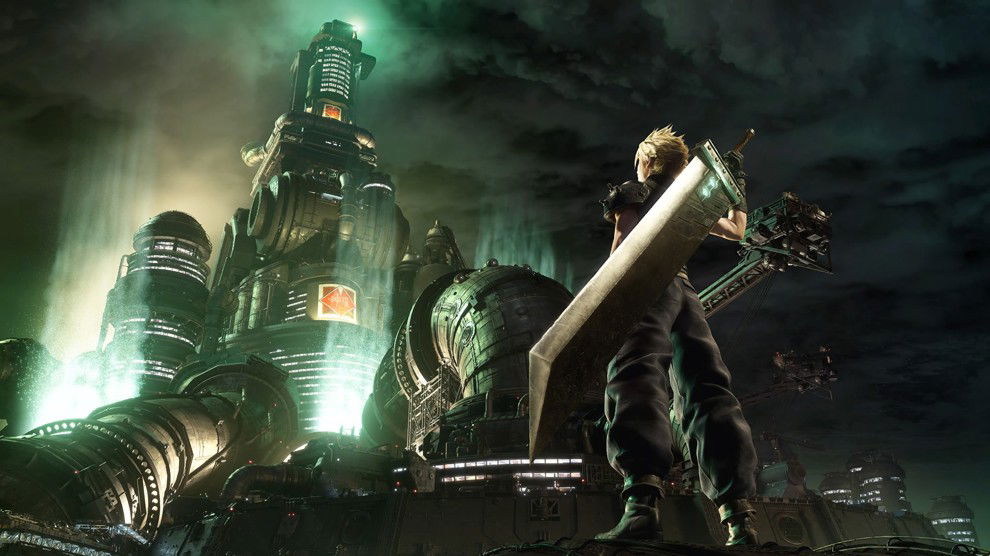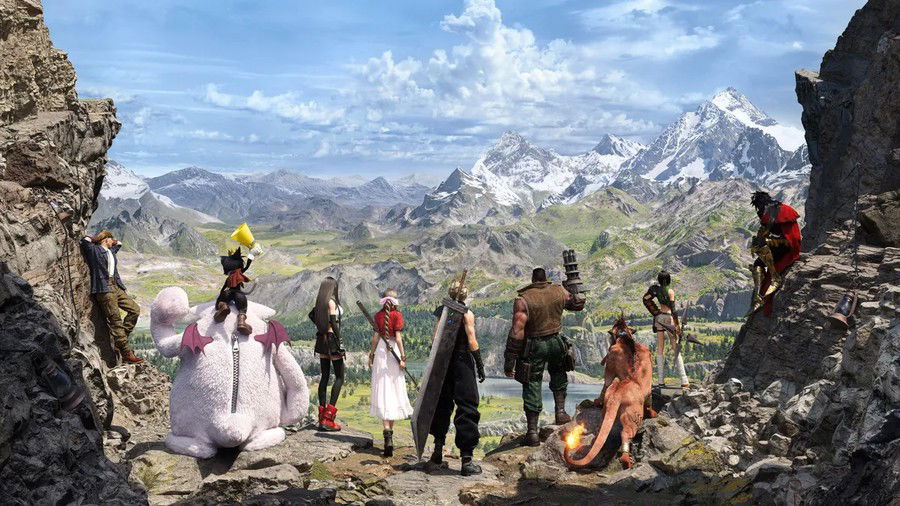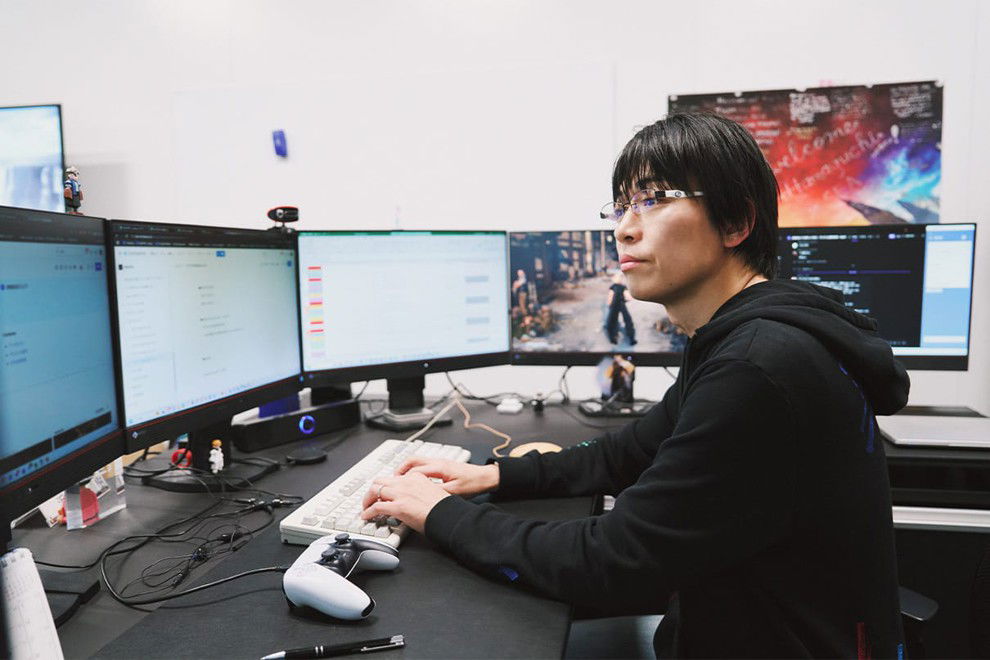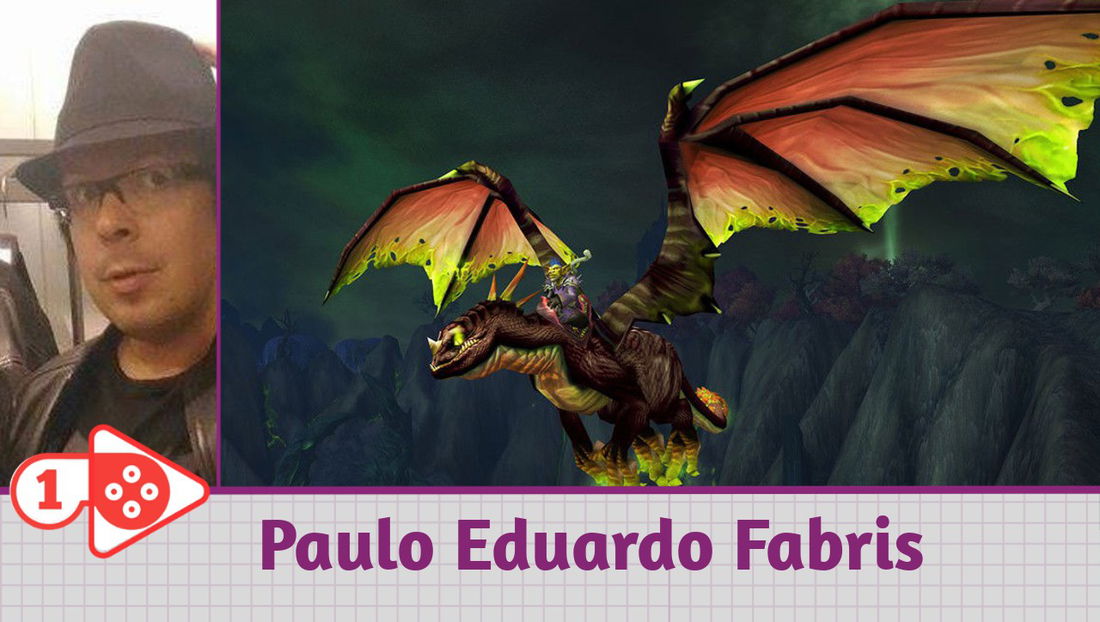How do you recreate perfection?
That's the question that haunts developers whenever a renowned game returns to the spotlight. Final Fantasy VII is a cultural milestone, a symbol of the rise of Japanese RPGs in the West, and, for many, the title that cemented the PlayStation as an industry giant. Revisiting a classic of this magnitude is taking colossal risks. Getting it wrong could tarnish a decades-old legacy. Getting it right, on the other hand, could define a new era for the series for generations to come.
Released in 1997, Final Fantasy VII represented a revolution in the RPG genre. It was the first title in the franchise to arrive on the PlayStation, abandoning Square's historic partnership with Nintendo. This change brought technical advantages, as the Sony console's CDs offered much more storage than the Nintendo 64's cartridges. This allowed for the inclusion of CG cutscenes, an expanded soundtrack, and a cinematic-scale story.
The gamble paid off. The game sold over 10 million copies, became the most popular Japanese RPG in the West, and marked generations with iconic characters like Cloud, Tifa, Barret, Aerith, and the villain Sephiroth. Its plot helped elevate the perception that video games could tell heartwarming and gut-wrenching stories and inspired dozens of titles that attempted to recreate some of the narrative tropes established by the game.
In the mid-2000s, a technical video showing Cloud in PlayStation 3 graphics ignited fans, and since then, calls for a remake have never ceased. It wasn't until 2015, during E3, that the official announcement came. The audience cheered like rarely seen in the event's history.
The trailer featured the line: "The Reunion may bring joy, it may bring fear, but let us embrace whatever it brings." It was an omen. Square Enix intended to go far beyond simply updating the graphics; they wanted to rebuild Final Fantasy VII into a trilogy, dividing the narrative into complete episodes, each with new interpretations.
Midgar Like Never Before
The reinterpretation would begin to be revealed in April 2020, in the midst of the Covid-19 pandemic. Final Fantasy VII Remake reimagined the city of Midgar, where the original game only spent two or three hours. Now, it became a living world, filled with details and capable of 30 to 40 hours of gameplay.

The format was more linear, divided into chapters, but it took advantage of the structure to explore characters and subplots. NPCs took on a life of their own, city sectors were expanded, and even minigames helped enrich the experience, transforming the city into its own self-contained world.
At the time, combat was one of the biggest focuses of debate. The hybrid system combined real-time action with the classic ATB, in which each basic attack refilled meters that allowed the use of spells, items, and special abilities.
The system respects the tradition and legacy of FFVII while also connecting with new audiences. Today, many fans point to it as the ideal combat for the future of the franchise, praising it for blending action elements with extensive customization and tactical combat, with thoughtful resource management.
Despite initial criticism, it was clear that Square Enix had learned from the flaws of the real-time battle system in the previous game, Final Fantasy XV, and reception quickly solidified as positive.
In the narrative, the game took even greater risks. In addition to expanding dialogue and deepening the main characters, it introduced the enigmatic Whispers, figures who seem to personify "fate" and act as guardians of the original story. This feature allowed for unexpected changes and made it clear: this was far from just a remake.
The Leap into the Open World
At the end of February 2024, Final Fantasy VII Rebirth expanded on this proposal. The story followed the escape from Midgar to the iconic ending of the 1997 game's first disc, including one of the most impactful moments in video game history and deepening the narrative to unprecedented levels.

The most visible change was structural: corridors and enclosed environments gave way to a vibrant open world. Various regions, with distinct fauna, flora, and enemies, connected to an extensive list of secondary activities. The game offered minigames—from chocobo competitions to card games (my favorite!) and puzzles.
Some considered the exploration too extensive, unfocused to the point of distracting from the main narrative. Others celebrated the feeling of immersion and the possibility of personalizing the experience: going straight into the plot or spending dozens of hours on activities.
In combat, Rebirth evolved the system from the previous game. The introduction of team-up skills brought new strategies, allowing combinations between characters that reinforced the gameplay and also the central theme of "bonds."
Naoki Hamaguchi: The mind behind rebuilding Final Fantasy VII

This is where Naoki Hamaguchi comes in. Inspired by Final Fantasy VI, he graduated in 2003 and soon joined Square Enix. He worked on Final Fantasy XII, participated in the programming of the entire Final Fantasy XIII trilogy, and took over the mobile project Mobius Final Fantasy.
His involvement with the remake was gradual. In 2019, he became co-director alongside the legendary Tetsuya Nomura. Two years later, when Nomura decided to focus on other projects and remain solely as creative director, Hamaguchi took over directing the trilogy.
In an interview with PlayStation, he emphasized the importance of a simple, unifying central idea. In Rebirth, that idea was "bonds." The concept guided everything from narrative to combat, allowing a team of hundreds of professionals to work in sync.
This approach also reflects the way he values collaboration. Hamaguchi often emphasizes the need to create a playable version quickly, even if imperfect, so that the entire team shares a concrete vision. Refinement comes later. This philosophy, he says, is what allows him to tackle such massive projects without losing cohesion.
Another pillar of his vision is a globalized mindset. In the 1990s, Final Fantasy VII was created primarily for a Japanese audience, only later adapted for the West. Today, the scenario is different: games are born with a global focus and require more careful localizations, balancing fidelity to the original text with cultural adaptations.
For Hamaguchi, this process is part of what makes a AAA title relevant in today's market. He sees international recognition—including through awards—as validation of this effort and encourages new creators to expand their horizons and compete globally.
At the Tokyo Game Show 2025, Hamaguchi explained that the goal is not to rewrite but to rebuild Final Fantasy VII, with respect for the original material always present, but with openness to structural and creative changes that maintain the interest of even the most seasoned fans.
The Challenge of the Epic Conclusion
Now, Hamaguchi faces the final challenge: completing the trilogy. Few details have been revealed, but the director already announced at the 2025 Tokyo Game Show that the game will bring together all the plot threads opened up so far in an epic climax.
The task is not simple. From where Rebirth ends, the original's plot expands with new continents, exploration vehicles, colossal battles, and revelations that redefine Cloud's journey.
The question remains: will the final chapter follow the linearity of the first, the freedom of the second, seek a fusion of the two styles, or attempt to establish its own genre and create, for each title, a distinct player experience?
Only time will tell. And until then, we might as well enjoy the original timeline once more and imagine what Hamaguchi might have in store for the Final Fantasy fans.











— 评论 0
, 反应 1
成为第一个发表评论的人